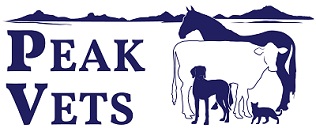There are multiple reasons as to why your horse could be lame. Fortunately, our veterinarians are experienced in performing lameness exams.
The initial examination includes assessing the horse at rest, evaluating conformation, palpating limbs and other areas for pain or swelling, observing movement in hand and under saddle, performing flexion tests, lunging the horse on different surfaces, and more. The goal is to identify which leg is affected by lameness and if there are any obvious signs of pain or injury. Nerve blocks may be performed to localise the source of pain before proceeding with imaging techniques like radiographs or ultrasounds. Treatment options may include rest, medication, joint injections, or specific therapies based on the diagnosis.
Lameness investigations can be performed at the clinic or on farm.


